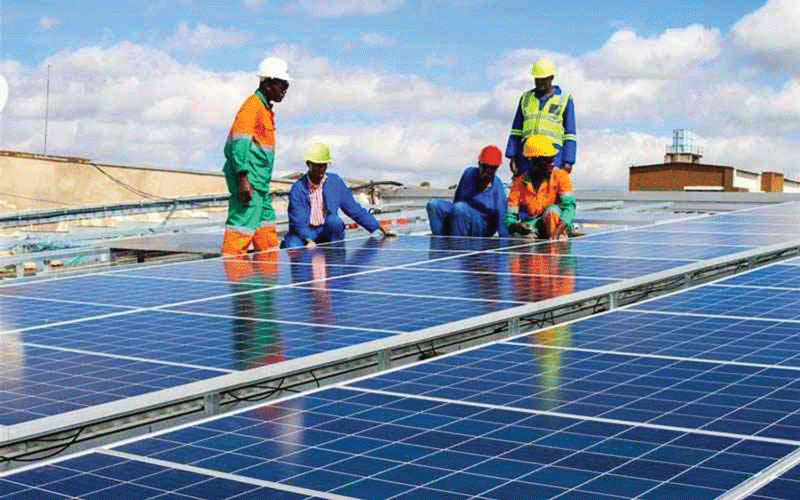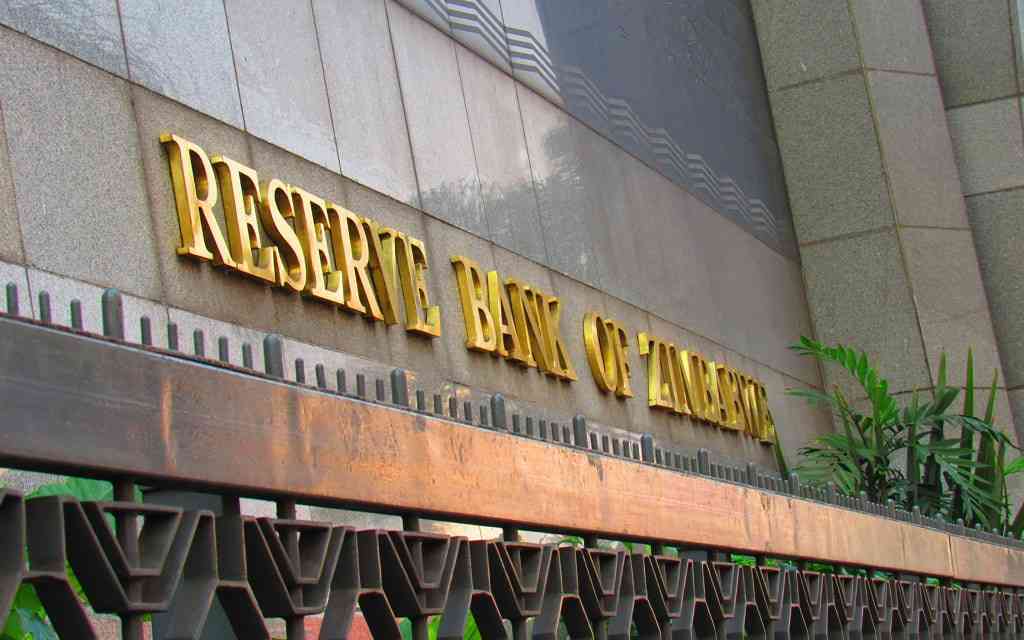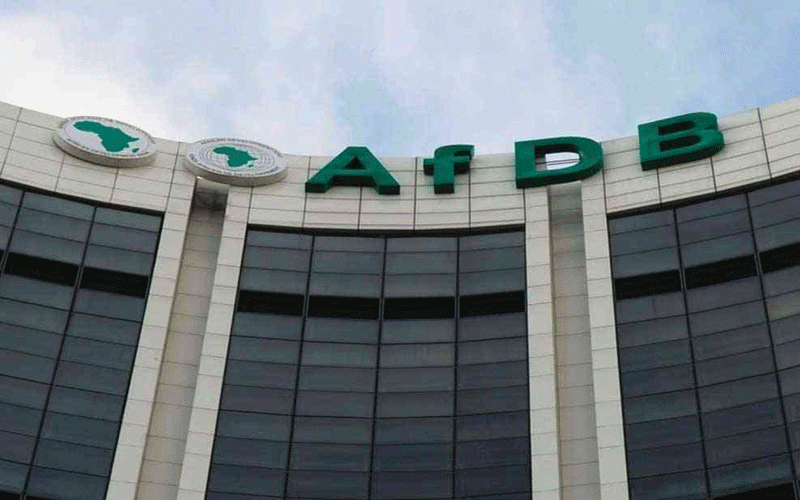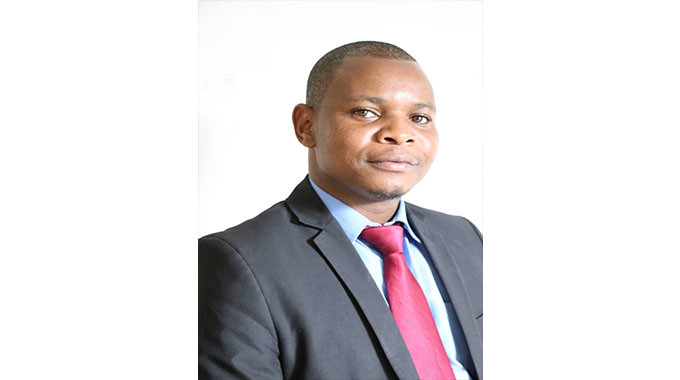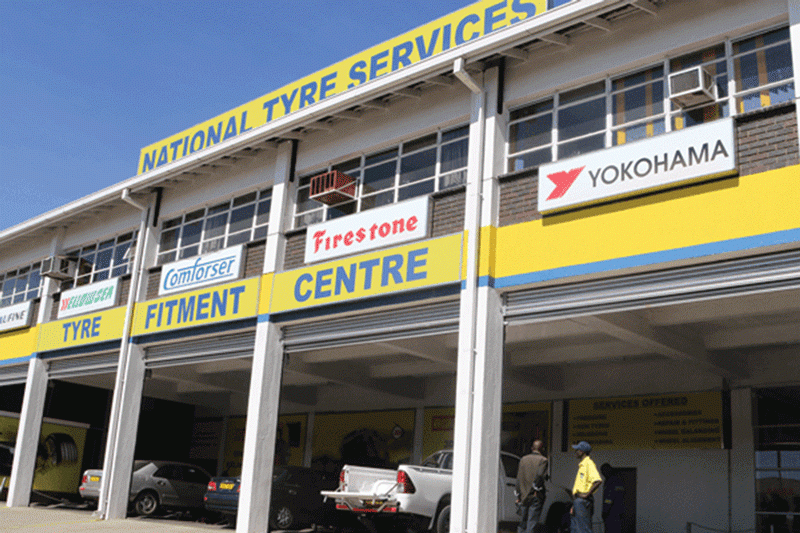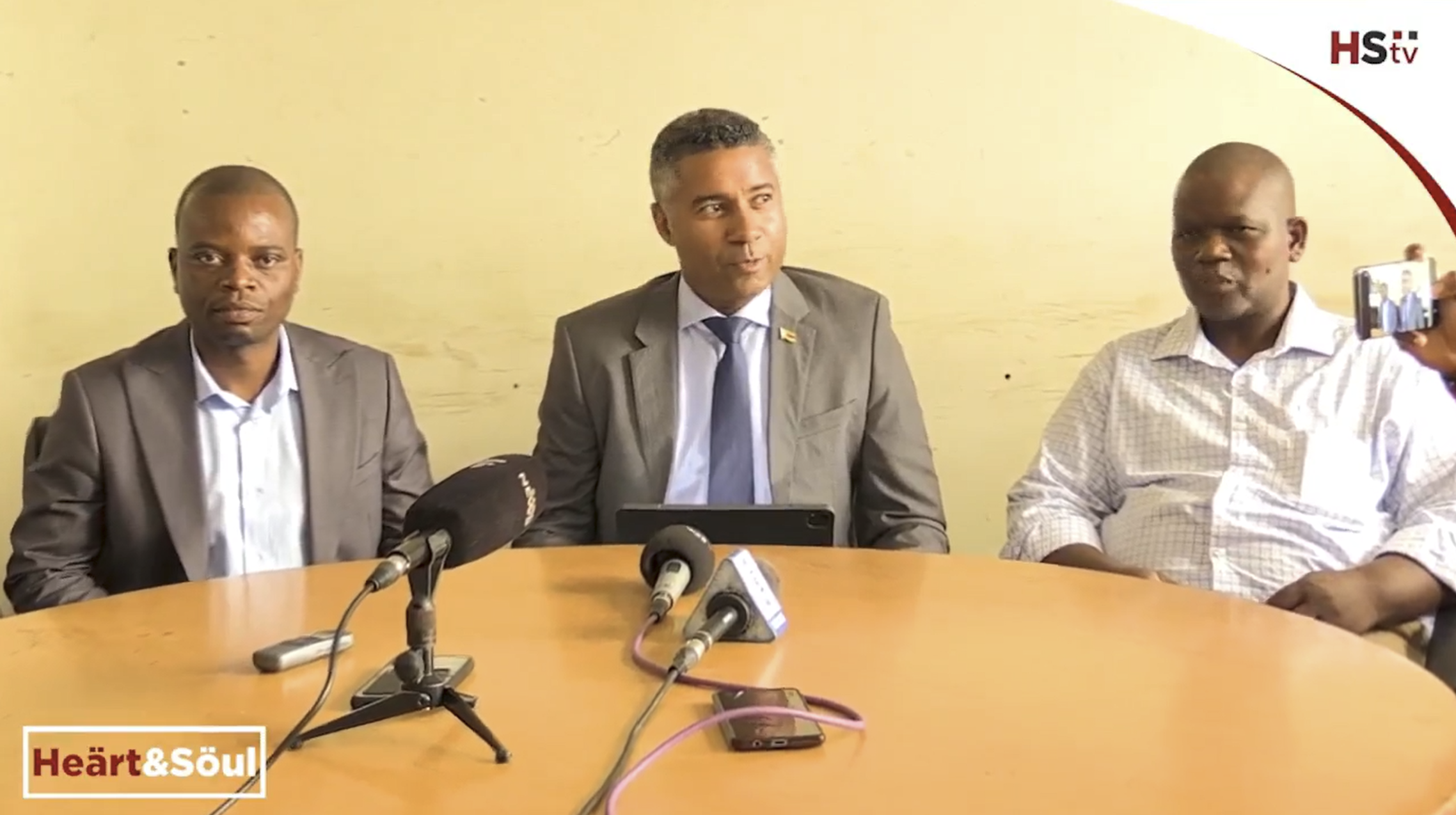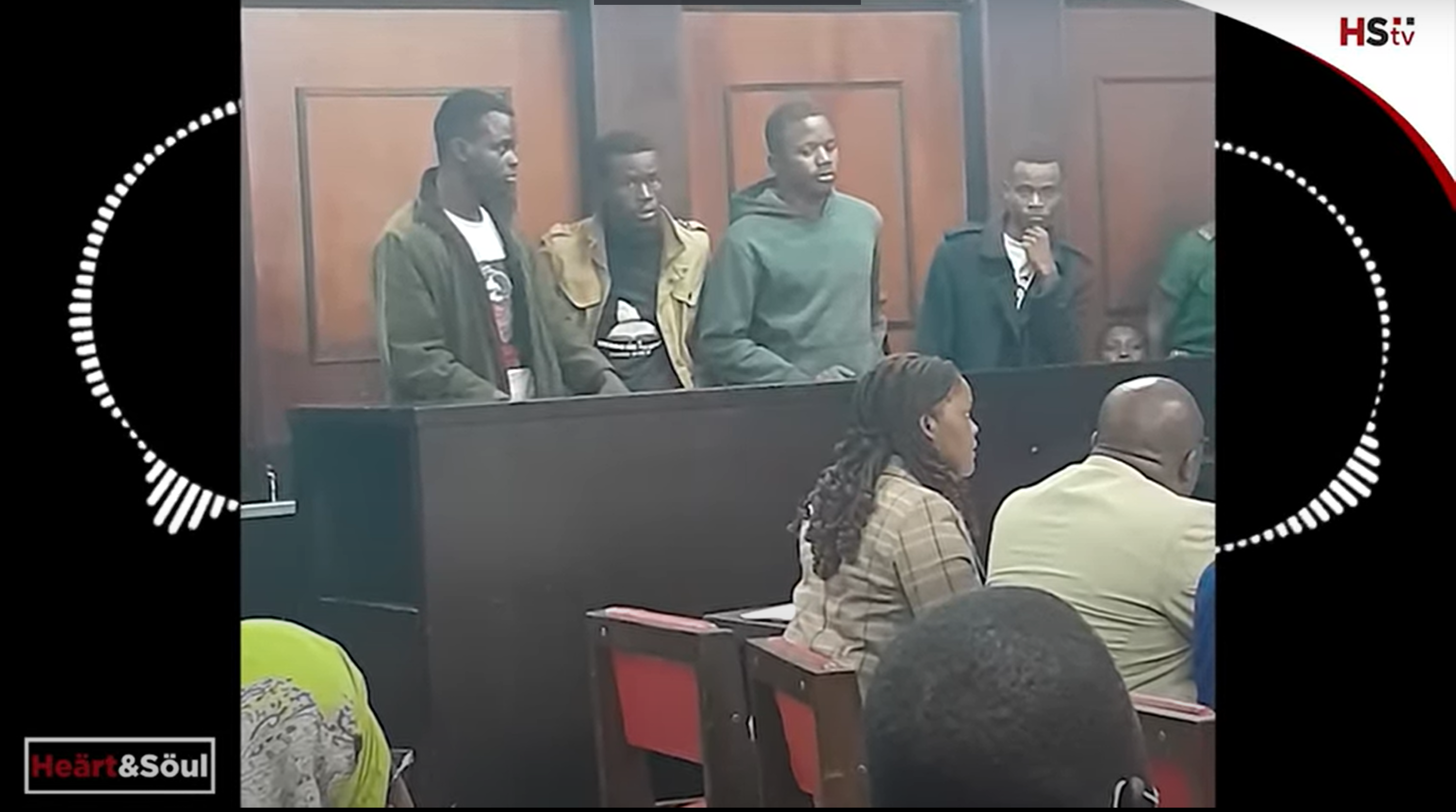THE Zimbabwe National Chamber of Commerce (ZNCC) has called on the government to offer more support to independent power producers (IPPs) amid rampant power cuts that are significantly curtailing business activities.
Statistics from the Zimbabwe Power Company (ZPC) show that IPPs are contributing up to 50 megawatts (MW) in electricity from the total average power generation of between 800MW and 1 000MW.
Yet, according to the Southern African Power Pool, Zimbabwe has an installed power generation capacity of 2 412MW from mostly the Kariba South Hydro and Hwange Thermal Power stations.
Room to grow IPPs remains significant as renewable energy can generate up to 1 872MW worth of power.
Of this, 600MW would come from solar, geothermal (50MW), biomass (1 000MW), small hydro (120MW) and wind (100MW), according to the Zimbabwe Energy Council.
- NTS cautiously optimistic of better business environment
- Victoria Falls Hotel lease remains intact: Owners
- Rabbit meat demand surges in Zim: Zicorba
- India’s MOSIP to partner Sadc to enhance national identity systems
- As 2024 ends, insurers fret over govt third-party insurance takeover
IPPs are needed as the cost of electricity per kilowatt hour is 12 US cents, which jumps to between 34 US cents and 42 US cents when businesses use generators in the face of power cuts, according to ZNCC.
“. . . The direct offtake arrangements enabled by Zesa (Holdings) in which the producer can have a direct supply and payment arrangement with the end user is a welcome policy initiative. This should be effectively implemented,” ZNCC president Tapiwa Karoro told NewsDay Business in an interview.
“With regards to the offtake arrangement, it is more of a take-and-pay, and in some cases, ZETDC [Zimbabwe Electricity Transmission Distribution Company] would take about 30 days to pay the producer.
“This long payment delay means potential losses due to currency volatility on the side of IPPs, which if it does not produce for a certain period get penalised.
“This is considered unfair treatment from the IPP side given that even if some ZPC/Zesa production units do not produce, they are not penalised.”
He noted that the IPPs have not been able to raise capital or access funding due to currency volatility and the unavailability of foreign currency guarantees, hindering development in the sector.
“. . . The payments are done in local currency (ZiG) which is losing value at an unprecedented rate. IPPs would have borrowed in foreign currency and, therefore, are suffering exchange losses hampering their ability to repay loans which have a 10-year repayment period on average . . . Local banks often do not have facilities for IPPs,” Karoro said.
“. . . The guarantees to pay foreign currency obligations by the Government of Zimbabwe are also crucial in enhancing private investment in the energy sector amid foreign currency challenges.
“. . . The cost-reflectivity of tariffs should be also the end goal in the energy sector for sustainability, viability, and increased private-sector investment.”
Karoro also raised concerns over the delays in the approval of IPP project licences and the costs that come with the process, saying it was also hindering development in the sector.
“. . . The process from the idea (solar or gas, or mini-hydro or a combination of the two) to the stage of being licensed by Zera takes 2.25 years to three years to complete, depending on the project size. This long and costly process discourages some potential IPPs,” he said.
“. . . The current IPP licences have a lifespan of 25 years, and about two to four years of that are being lost in the project preparation phase.
“. . . Expertise in verifying and assessing most individual projects (before a licence is issued) costs around US$200 000 when a foreign firm is engaged and paid upfront. This amount is considerably high, eating into the initial project capital outlay.”
Most of Zimbabwe’s power comes from the Kariba South Hydro and Hwange Thermal Power Stations, which are producing between 100MW to 200MW and 600MW to 800MW, respectively.
Hence, Zimbabwe faces a power deficit of 1 412MW, resulting in incessant daily power cuts that last several hours and, in some cases, the whole day.
The Hwange Thermal and Kariba South Hydro Power stations are generating low power due to a myriad of challenges such as lack of foreign currency for maintaining the electrical substations and climate change, respectively.

